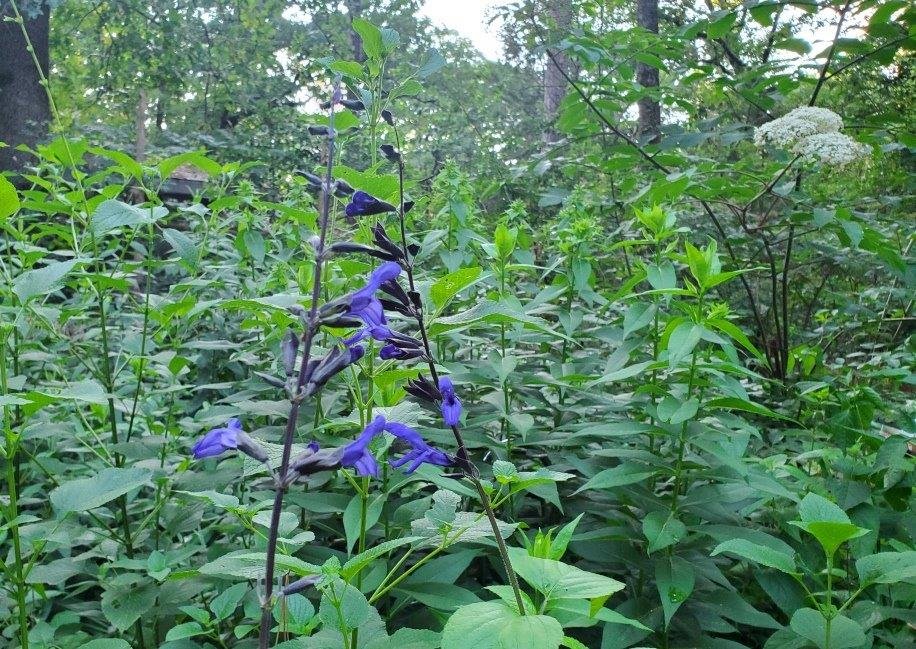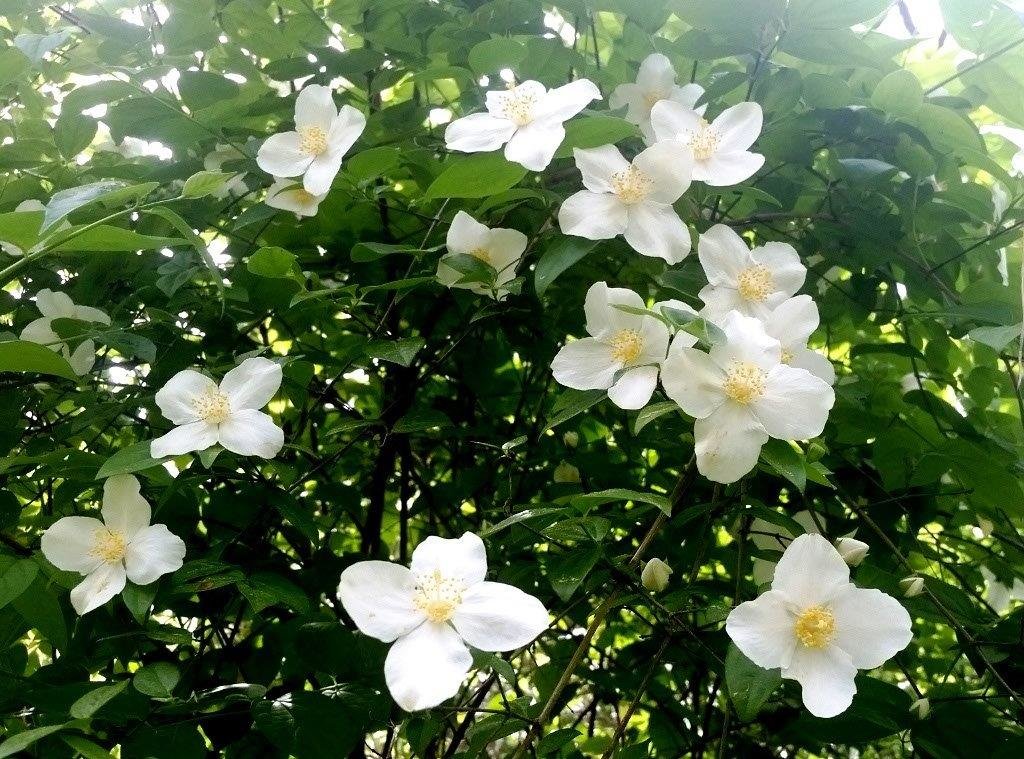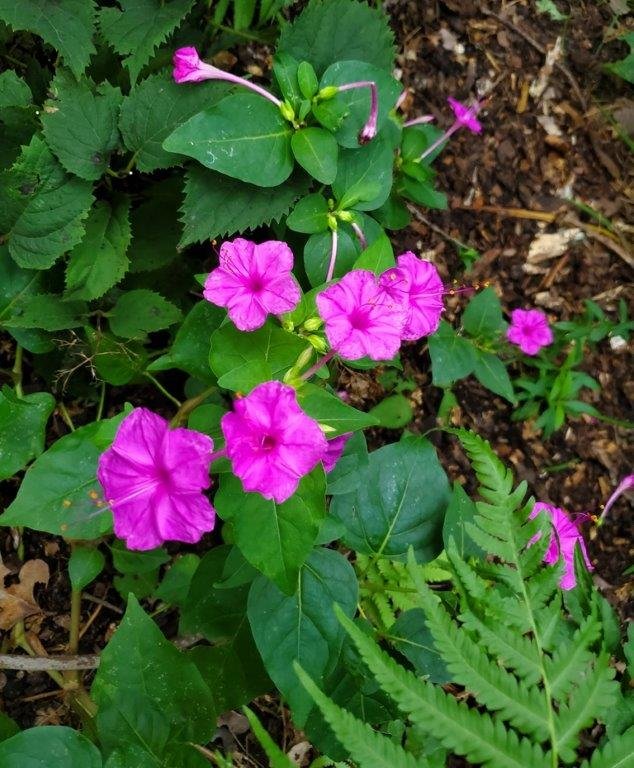In East Texas Gardens
One of the most rewarding aspects of gardening in Texas is sharing plants. Sharing plants can be the result of seed-starting success: you plant 20 tomato seeds, 18 germinate, but you only need three …
This item is available in full to subscribers.
Attention subscribers
To continue reading, you will need to either log in to your subscriber account, or purchase a new subscription.
If you are a current print subscriber, you can set up a free website account and connect your subscription to it by clicking here.
If you are a digital subscriber with an active, online-only subscription then you already have an account here. Just reset your password if you've not yet logged in to your account on this new site.
Otherwise, click here to view your options for subscribing.
Please log in to continue |
In East Texas Gardens
One of the most rewarding aspects of gardening in Texas is sharing plants. Sharing plants can be the result of seed-starting success: you plant 20 tomato seeds, 18 germinate, but you only need three tomato plants. It’s difficult to toss the rest in the compost – it feels like murder- so instead you share.
Plant sharing goes beyond giving away extra seedlings. Every experienced gardener has some plants that they foist off on any unsuspecting person – I mean, share with fellow gardeners. These plants perform really well in east Texas – some are aggressive spreaders – and are easy to propagate. Many are old-fashioned plants that may not be readily available at garden centers – these are called ‘passalong plants’, and my garden has more than a few. Each brings beauty to my garden and the happy memories of friends and family who shared the plants with me.
One of my Texas gardening mentors has shared so many plants with me that I see her touch throughout my garden. Carrie gardens in Copper Canyon, but she gave me plants that flourished here in East Texas – I wouldn’t have my back-yard paradise without her. She gave me divisions of feathery Southern wood fern (Thelypteris kunthii), fragrant four o’clocks (Mirabilis jalapa), tall summer phlox (Phlox paniculata), and trailing Bouncing bet (Saponaria officinalis). She gave me cuttings of color-changing Confederate rose (Hibiscus mutablis) and exotic angel trumpets (Brugmansia spp.), and taught me how to start them. Carrie was my introduction to Texas gardening and gardeners and remains an inspiration.
When you receive plants from others, you may not know exactly what you’re getting. I have a friend who shared a plant with me that she simply called the Houston plant, because a friend from Houston shared it with her. After it bloomed, I was able to identify it as Cashmere bouquet (Clerodendrum bungei), a pink shade-blooming woody perennial with blooms that rival a hydrangea with the added bonuses of fragrance and nectar for butterflies.
Another friend shared what she called ‘trailing dogwood’ – I love dogwoods so I took a start. Again, once it bloomed I recognized it as mock orange, called English dogwood locally (Philadelphus coronarius) and I enjoyed its fragile white blooms each spring. These common names are part of the plants’ charm to me: this same friend gave me a perennial that her mother called ‘September morn’ because it blooms around the first of September; each year as it blooms, I smile and think of my friend. And isn’t that name much more magical than the more commonly-used ‘Obedient plant’ (Physostegia virginiana)?
I am continuing this garden tradition and pass along as many plants as I can. I’ve shared runners from a perennial strawberry plant (Fragaria virginiana) with neighbors and master gardeners; I’ve shared Southern wood fern and Cashmere bouquet with readers of my column and slow-moving strangers. Thanks to its spreading nature, I currently have a few extra black-and-blue salvia (Salvia guaranitica), a long-blooming perennial with cobalt-blue blooms favored by hummingbirds; email me if you’d like a start. In sharing, I hope that my garden favorites will live on in other gardens and bring joy to other gardeners.
Sharing your plants can create life-long friendships, and you’ll think of these friends each time you see their plants in your East Texas garden.
About the author: Lin is the garden manager for the Wood County Arboretum & Botanical Gardens in Quitman, and volunteers there each Wednesday from 8:30 till 11:30, weather permitting. Join her if you’d like to help in the gardens – no experience necessary. Please email her at txgardengal@gmail.com to request a start of her black-and-blue salvia.











